
-
Find the right food for your petTake this quiz to see which food may be the best for your furry friend.Find the right food for your petTake this quiz to see which food may be the best for your furry friend.Featured products
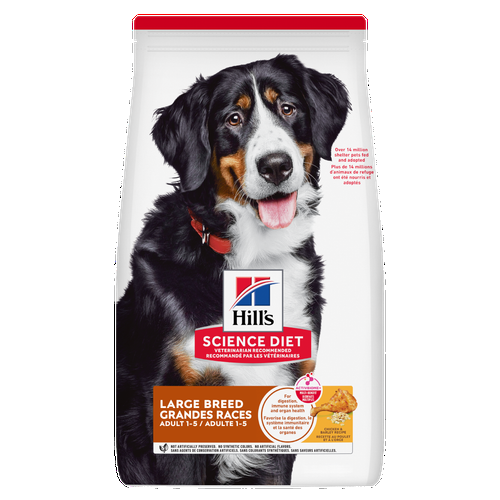 Adult Large Breed Chicken & Barley Recipe Dog Food
Adult Large Breed Chicken & Barley Recipe Dog FoodSupports healthy joints, immune system, digestion, lean muscle & beautiful coat
Shop Now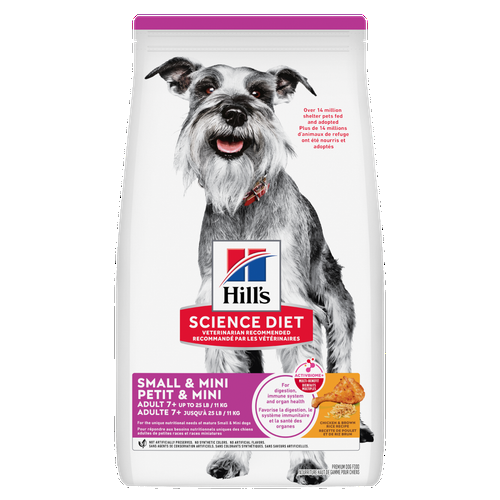 Adult 7+ Small & Mini Chicken & Brown Rice Recipe Dog Food
Adult 7+ Small & Mini Chicken & Brown Rice Recipe Dog FoodSupports energy level & luxurious coat in Small & Mini dogs. Helps keep immune system, heart & kidneys healthy.
Shop Now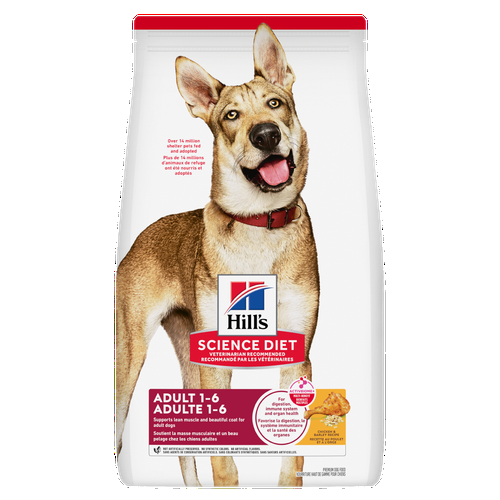 Adult Chicken & Barley Recipe Dog Food
Adult Chicken & Barley Recipe Dog FoodSupports healthy immune system, digestion, lean muscle & beautiful coat
Shop NowFeatured products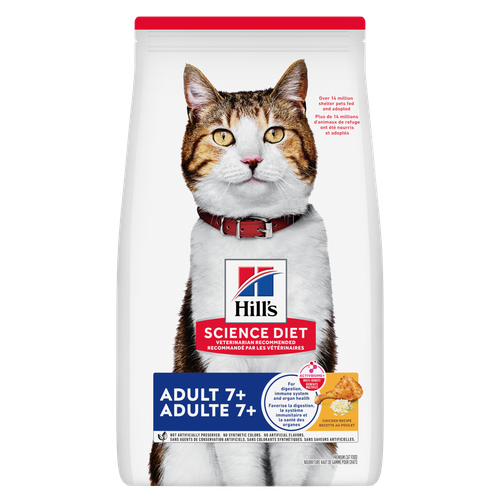 Adult 7+ Chicken Recipe Cat Food
Adult 7+ Chicken Recipe Cat FoodSupports energy level & beautiful fur. Helps keep immune system, heart & kidneys healthy.
Shop Now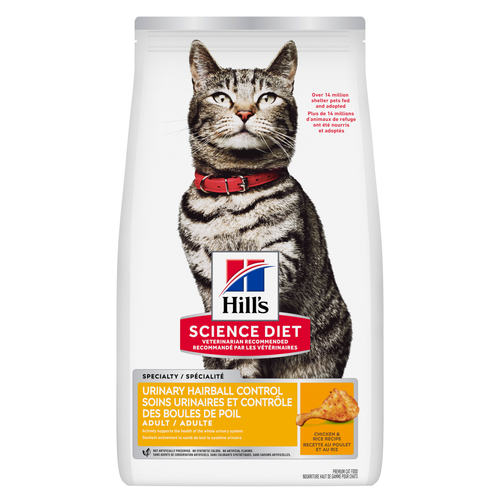 Adult Urinary Hairball Control Chicken & Rice Recipe Cat Food
Adult Urinary Hairball Control Chicken & Rice Recipe Cat FoodSupports the health of the whole urinary system with optimal levels of magnesium
Shop Now Adult Oral Care Chicken & Brown Rice Recipe Cat Food
Adult Oral Care Chicken & Brown Rice Recipe Cat FoodClinically proven kibble technology to reduce plaque & tartar build-up
Shop Now -
Dog
- Dog Tips & Articles
-
Health Category
- Weight
- Food & Environmental Sensitivities
- Urinary
- Digestive
- Joint
- Kidney
- Dental
- Cancer
-
Life Stage
- Puppy Nutrition
- Adult Nutrition
- Senior Nutrition
Cat- Cat Tips & Articles
-
Health Category
- Weight
- Skin & Food Sensitivities
- Urinary
- Digestive
- Kidney
- Dental
- Stress
- Cancer
-
Life Stage
- Kitten Nutrition
- Adult Nutrition
Featured articles The Incredible Science Behind Your Pet's Microbiome
The Incredible Science Behind Your Pet's MicrobiomeLearn what a pet's microbiome is, how it contributes to your pet's gut & overall health, and why nutrition is important in maintaining healthy microbiomes.
Read More Pet Food Storage Tips
Pet Food Storage TipsDiscover how and where to store your dry, as well as canned, dog and cat food. Learn how to find the "best before" dates on all Hill's pet food packaging.
Read More Compare Your Pet Food's Calories to Other Brands
Compare Your Pet Food's Calories to Other BrandsCompare Hill's Science Diet dog and cat food's calories against other pet food brands and AAFCO recommended maximum calorie count.
Read More -


Mast cell tumors in dogs are the No. 1 most common skin tumor in dogs, according to the American College of Veterinary Surgeons. But what exactly is a mast cell tumor, what are the signs of mast cell tumors in dogs and how are these tumors treated?
Causes of Mast Cell Tumors in Dogs

Mast cells themselves aren't cancer cells. As the National Cancer Institute explains, they're a type of white blood cell, though they aren't normally found in the blood. They originate in the bone marrow and are found throughout the body's various tissues. Mast cells are normally involved in a number of functions in your dog. They play a role in inflammation, allergic responses, parasite presence responses, and even necrosis and the breakdown of dead tissues.
Unfortunately, sometimes things go awry. For reasons veterinary scientists don't yet understand, mast cells sometimes mutate and multiply in masses, going against the normal cell life cycle that keeps their numbers in check. This unregulated growth results in a mast cell tumor. These tumors can occur in dogs of all breeds and ages.
Clinical Signs of Mast Cell Tumor in Dogs
Mast cell tumors in dogs can vary in appearance, but they're usually in the form of a lump. These lumps can occur on the skin, muzzle, mouth, genitals or even inside the body on the organs.
When you're petting or examining your dog, you may notice a firm lump tightly adhered to the skin or a squishy and movable lump under the skin. You may see one or multiple lumps, and they might be ulcerated, oozing or bleeding. The lump may remain the same size, grow rapidly or even recede, but that doesn't make it any less dangerous.
Diagnosing Mast Cell Tumors in Dogs
Lumpy, bumpy, raised, flat, loose, squishy, firm, big or small — each and every lump on your dog should be evaluated by a veterinarian.
Your vet will need to perform a diagnostic test called a fine needle aspiration to collect a small sampling of cells from the tumor. Luckily, this test is fast and minimally invasive, and it can usually be done following the initial examination. However, some tumors don't shed many cells during this test, or the sample may not be representative of the whole lesion. So, though this test is a great starting point, your vet may recommend a punch biopsy, as it allows a more comprehensive examination of the mass's architecture. With a biopsy, a microscopic examination of the tissue (histopathology) is sent out to a specialized laboratory for a veterinary pathologist to prepare and evaluate.
After a mast cell tumor diagnosis, your vet may recommend additional diagnostics such as bloodwork, chest radiographs (X-rays) and an abdominal ultrasound to determine whether the tumor has spread to other locations (known as metastasis). A fine needle aspirate of a local lymph node may also be recommended.


Tasty Tips

Mast Cell Tumor Treatment
To determine the best treatment for a mast cell tumor, an expert reading from a board-certified veterinary pathologist is necessary. All recommendations for cancer treatment in dogs require a pathologist to determine the stage, or extent, of the cancer. Mast cell tumors are graded from I to III, with I being the least aggressive and III being the most advanced. The other diagnostics (X-rays, lymph node aspiration, bloodwork and imaging as needed) allow the pathologist to formulate a top-notch treatment plan.
Depending upon the report, the pathologist may recommend surgery, with or without chemotherapy. After surgery, the mass should be sent in for a report again to ensure that all the cancerous cells were removed and clean margins (meaning there aren't cancer cells at the outer edge of the tissue) were obtained, which isn't always possible. Note that while surgery and chemotherapy are often recommended for tumors in grades II and III, you can also discuss less aggressive approaches aimed more at comfort care at any stage with your vet and/or veterinary oncologist.
Life Expectancy for Dogs With Mast Cell Tumors
It is difficult to predict a single life expectancy for dogs who develop mast cell tumors, as it varies depending on many factors. If the tumor is limited to the skin with no evidence of metastasis and surgical removal achieved clean margins, the prognosis can be quite good. For tumors that are scored a grade II or III, the prognosis may not be as good. Furthermore, tumors in locations such as the mouth or genitals often lead to a more guarded prognosis.
The good news is that early diagnosis and treatment improve the prognosis of mast cell tumors, making it important to regularly examine your dog at home. This can be done simply with observational petting and intentional at-home exams. Remember to schedule a veterinary visit should you discover any new masses on your dog.


Dr. Laci Schaible is a small animal veterinarian, veterinary journalist, and a thought leader in the industry. She received her Doctor of Veterinary Medicine from Texas A&M University and her Masters in Legal Studies from Wake Forest University.
Related products
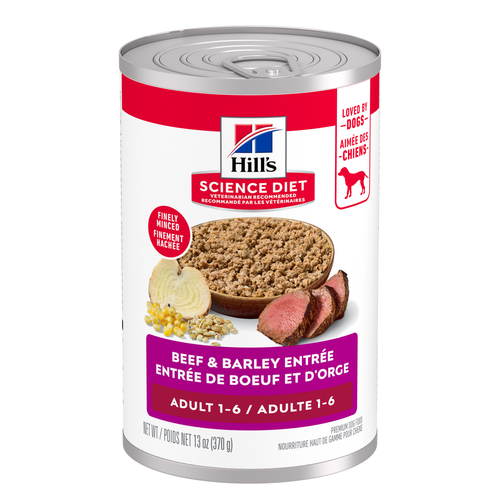
Beef & Barley recipe with precisely balanced nutrition to keep adult dogs active and healthy
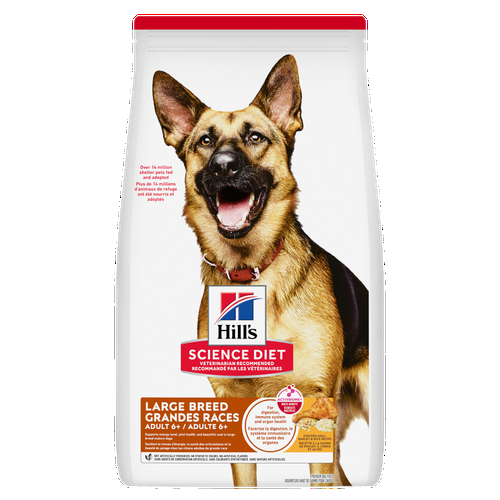
Supports energy & beautiful coat. Helps keep immune system, joints, heart & kidneys healthy
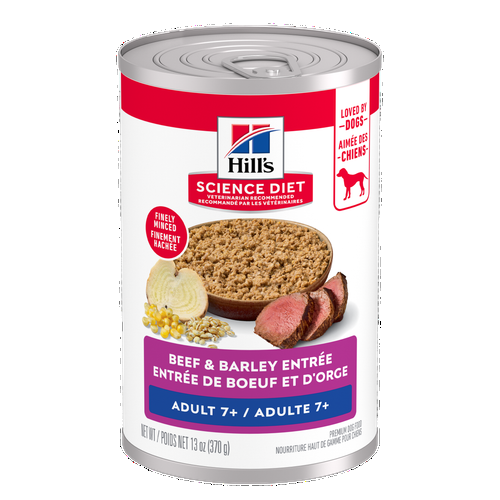
Beef & Barley recipe with precisely balanced nutrition to support mobility and muscle mass for older dogs.

Supports energy level & luxurious coat in Small & Mini dogs. Helps keep immune system, heart & kidneys healthy.
Related articles

Proper nutrition for your pregnant or nursing dog is vital to her and her puppy's health. Learn what you should do provide her with the proper nutrients.

Discover fun and engaging games and other ways to help your dog exercise, keeping him happy and healthy.

Gather the following puppy supplies to prepare your family for all the fun (and commitment) that comes with being a dog parent.

Learn how to stop your dog from begging at the dinner table, and understand how it can help contribute to his health.

Put your dog on a diet without them knowing
Our low calorie formula helps you control your dog's weight. It's packed with high-quality protein for building lean muscles, and made with purposeful ingredients for a flavorful, nutritious meal. Clinically proven antioxidants, Vitamin C+E, help promote a healthy immune system.
Put your dog on a diet without them knowing
Our low calorie formula helps you control your dog's weight. It's packed with high-quality protein for building lean muscles, and made with purposeful ingredients for a flavorful, nutritious meal. Clinically proven antioxidants, Vitamin C+E, help promote a healthy immune system.

